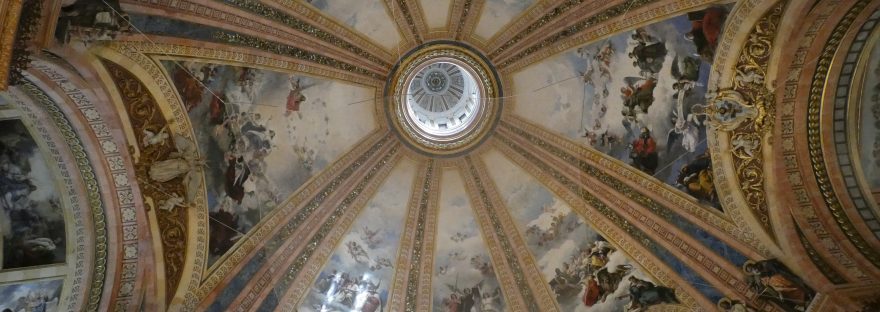Our interest in visiting the Royal Basilica of Saint Francis the Great in Madrid arose a few years ago when we stumbled upon the Gardens of the dahlias of Saint Frances. It was the beautiful temple that stood out on the other side of the wall that caught our attention.
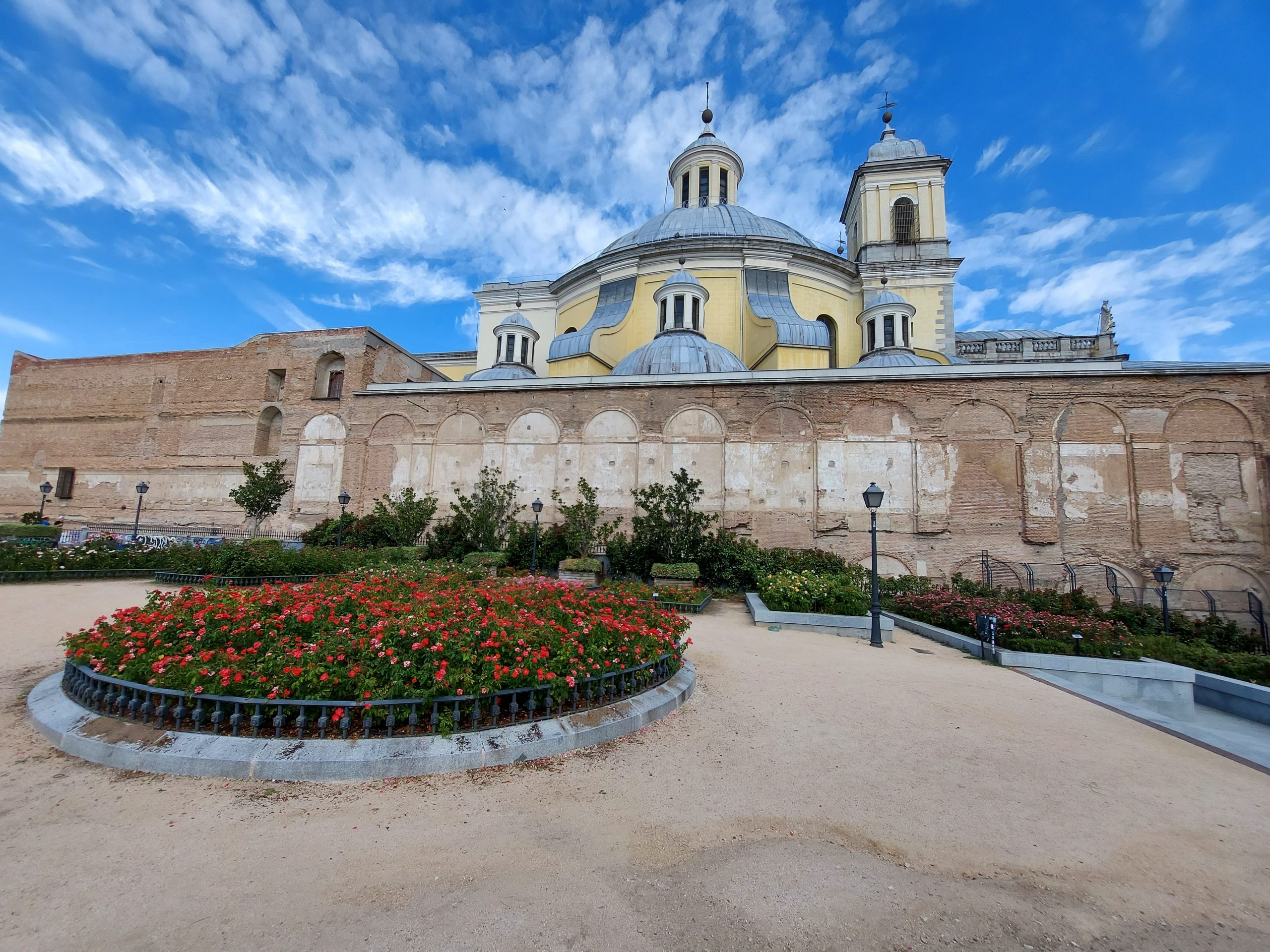
The Basilica of Saint Francis the Great stands out for its impressive dome, the largest in Spain and the fourth largest in Europe, after those of St. Peter’s Basilica and the Pantheon, both in Rome, and “Santa Maria del Fiore” in Florence.
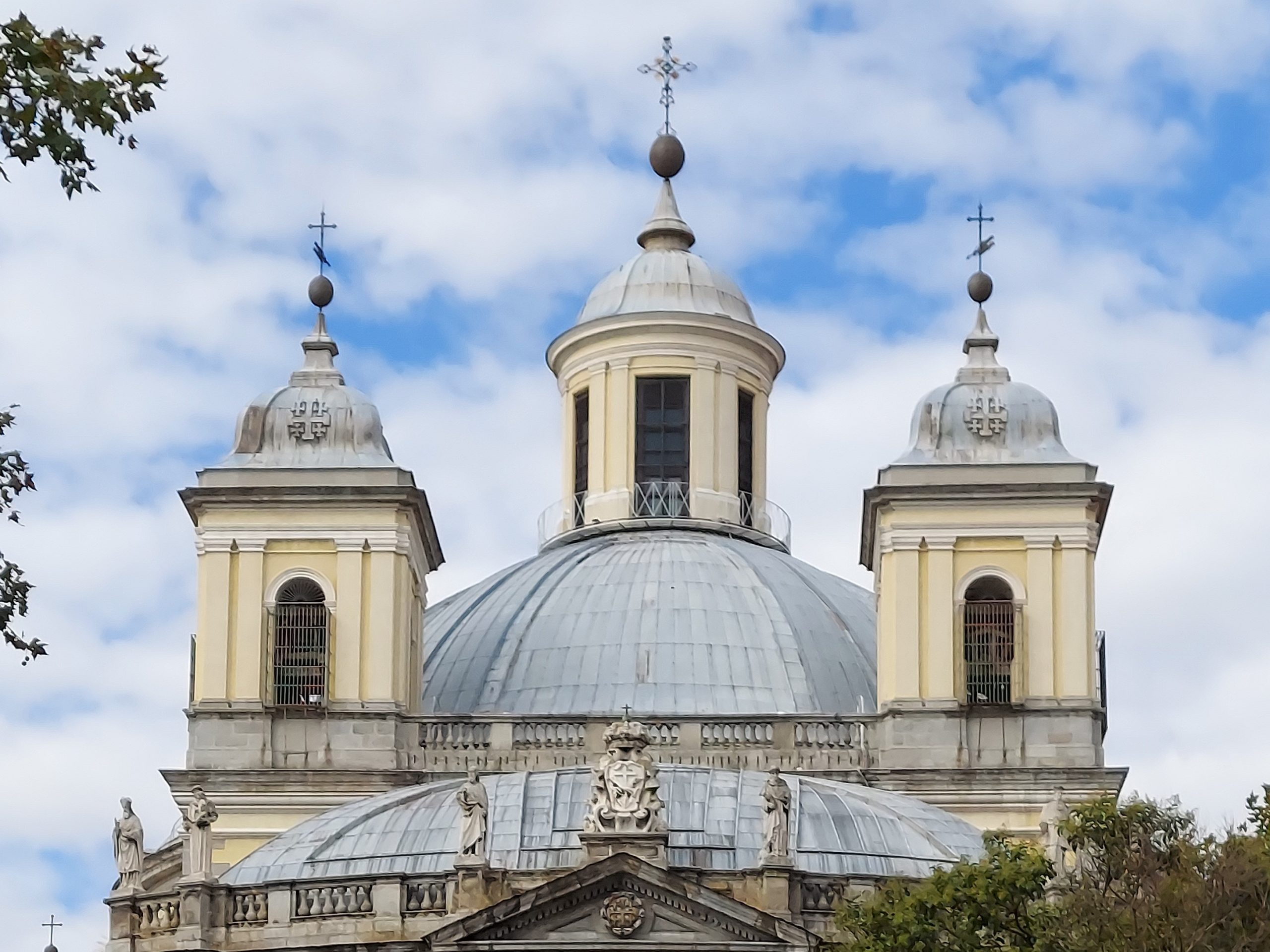
The site was formerly occupied by a Franciscan convent-hermitage, which, according to the story, was founded by St. Francis of Assisi in 1217, after passing through Madrid on his pilgrimage to Saint James of Compostella (“Santiago de Compostela”). In 1760, the Franciscans demolished the original building to build a larger temple on its site.
The basilica, officially named Basilica of Our Lady of the Angels, was built in neoclassical style in the second half of the 18th century, based on a design by Francisco Cabezas, developed by Antonio Pló, who was in charge of the dome, finishing it in 1770. In 1776 the community of friars asked King Charles III to incorporate the royal architect Francesco Sabatini, one of the creators of the Royal Palace, who was in charge of the main façade and the two towers that crown it. The building was completed in 1784.
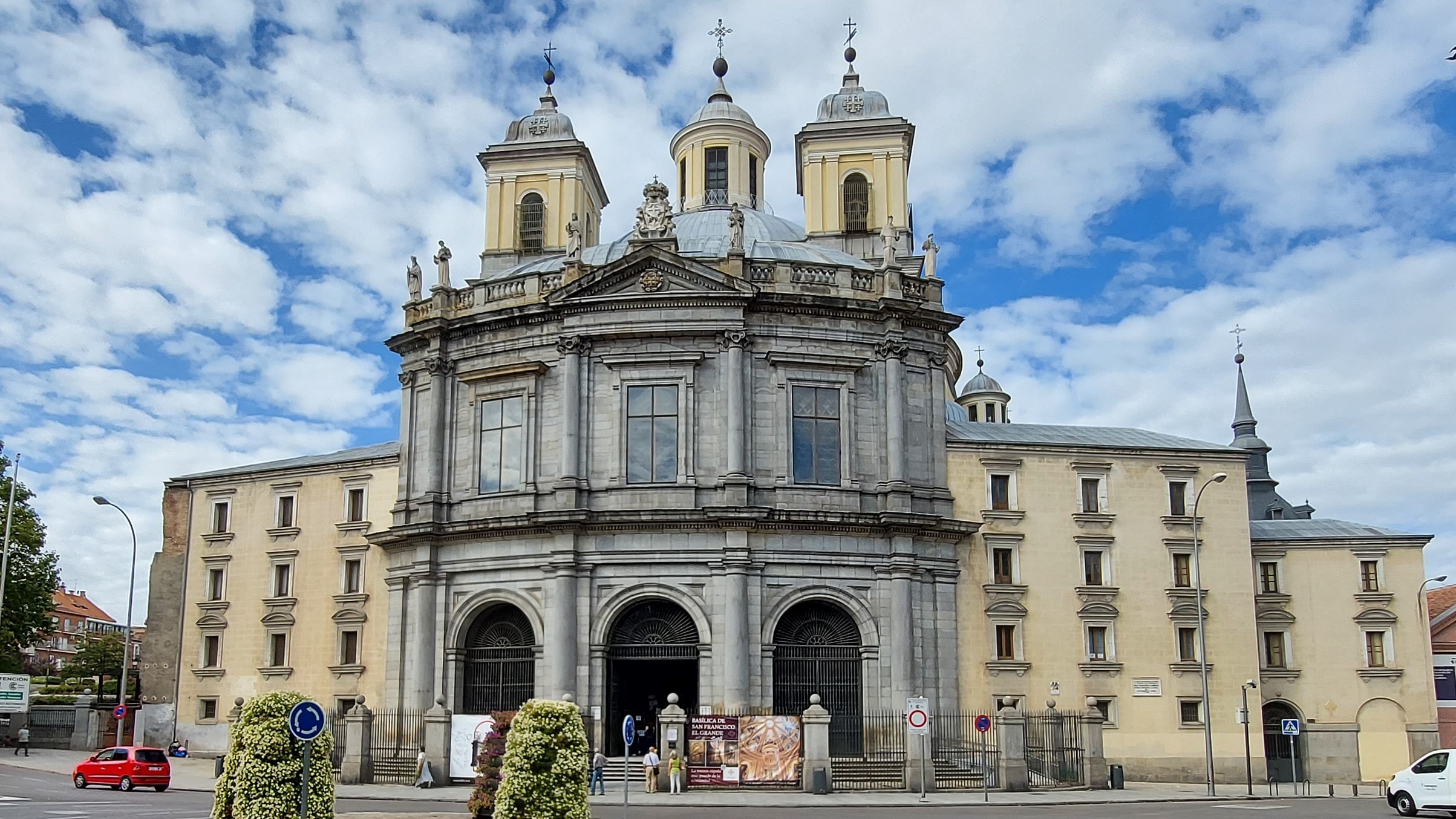
According to historians, this third temple together with its convent was acquiring larger dimensions thanks to the contributions of noble families from Madrid who wanted to be buried in its chapels. As it grew larger than the convent of San Francisco de Paula located on the “Carrera de San Jerónimo”, next to the “Puerta del Sol”, it was popularly known as “el Grande” (the Great).
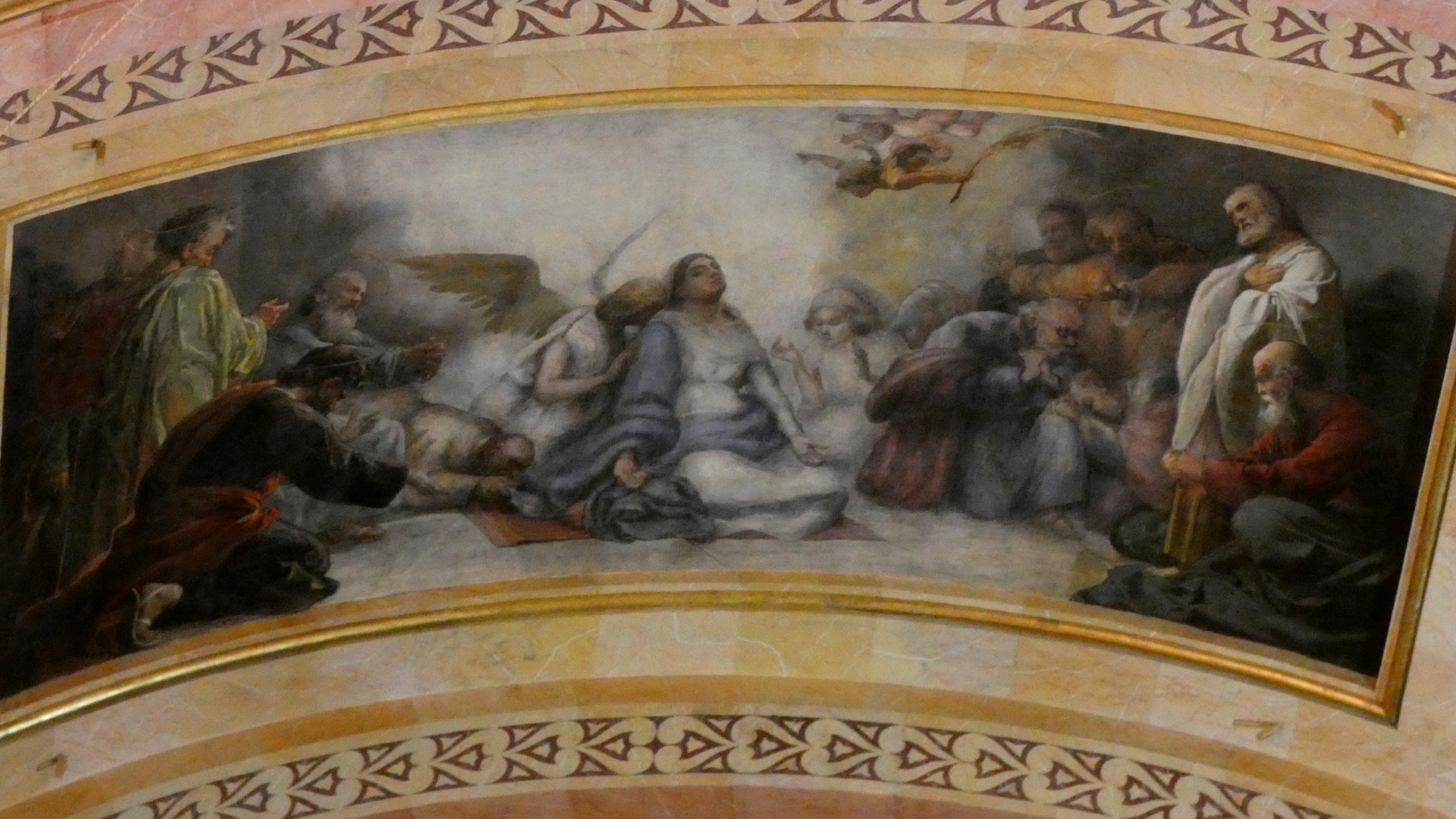
For example, during the reign of Joseph I (1808-1813), it was thought to be used as a Court Hall, although in the end, in 1812, it was converted into a hospital. In 1836, the Franciscans were expelled and the building was left in the hands of the Spanish State, through the Royal Heritage organization. A year later, there were plans to convert it into a National Pantheon, but the initiative did not materialize at that time. In 1838, it served as headquarters for an infantry barracks, while religious worship was recovered. The “Junta Protectora de la Obra Pía de Jerusalén” was placed under the care of the State.
In 1869 the idea of the National Pantheon was taken up again. During the following five years, the temple housed the mortal remains of different personalities of Spanish history, among them those of Calderón de la Barca, Alonso de Ercilla, Garcilaso de la Vega, Francisco de Quevedo, Ventura Rodríguez, Juan de Villanueva and Gonzalo Fernández de Córdoba (the Great Captain). They were deposited in a chapel but returned in 1874 to their respective places of origin.
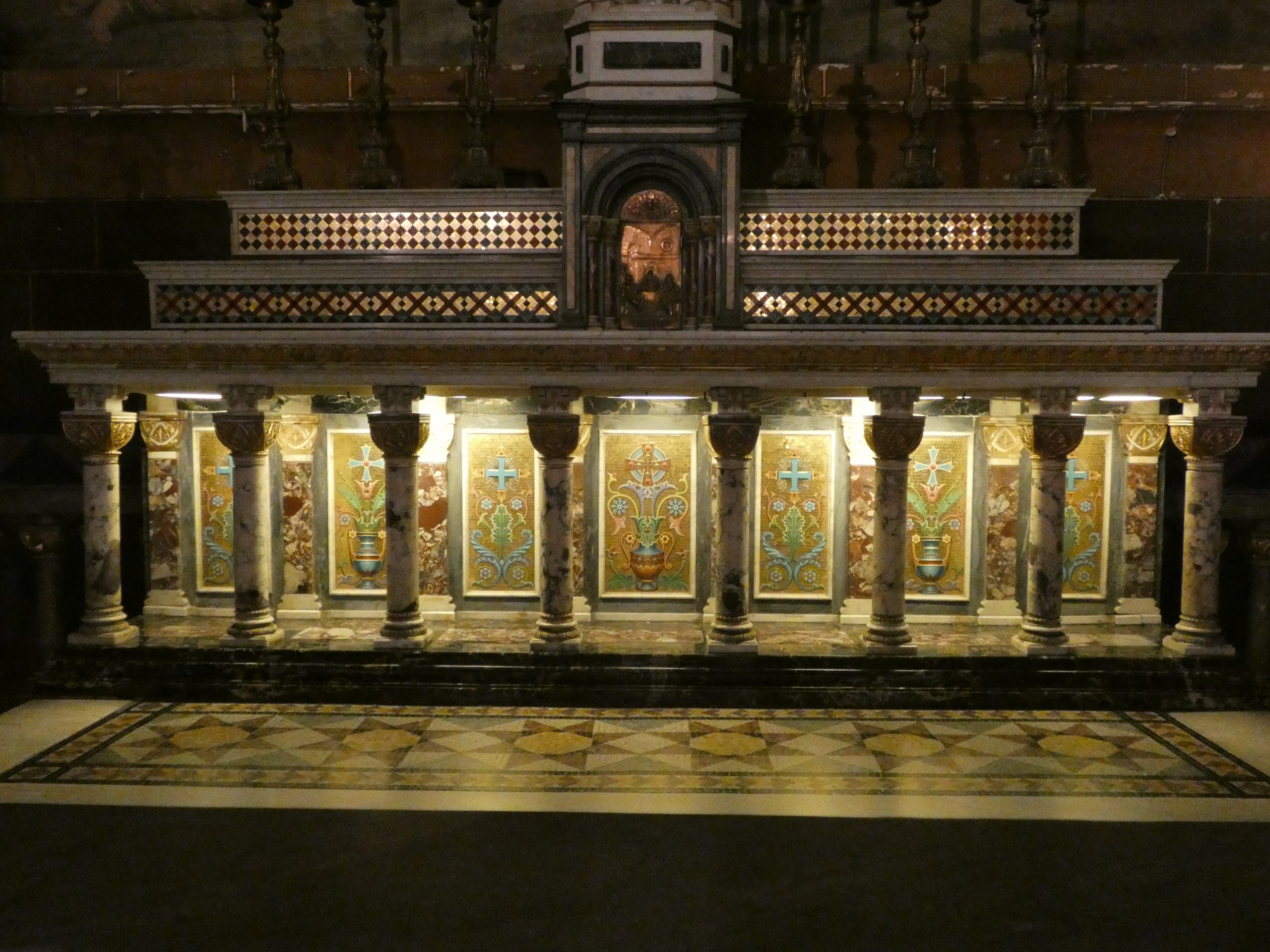
In 1879, the basilica underwent a thorough renovation and restoration, promoted by the politician Antonio Cánovas del Castillo and financed by the Ministry of State. The restoration was used to decorate the interior, in a process that lasted from 1880 to 1889. Different Spanish artists specialized in mural paintings and decorative arts intervened in the renovation. Most of the studies and sketches for the realization of these works are preserved in the Prado Museum.
In 1926, King Alfonso XIII returned the temple to the Franciscans. In 1963 it was elevated to the category of basilica, under the invocation of Our Lady of the Angels.
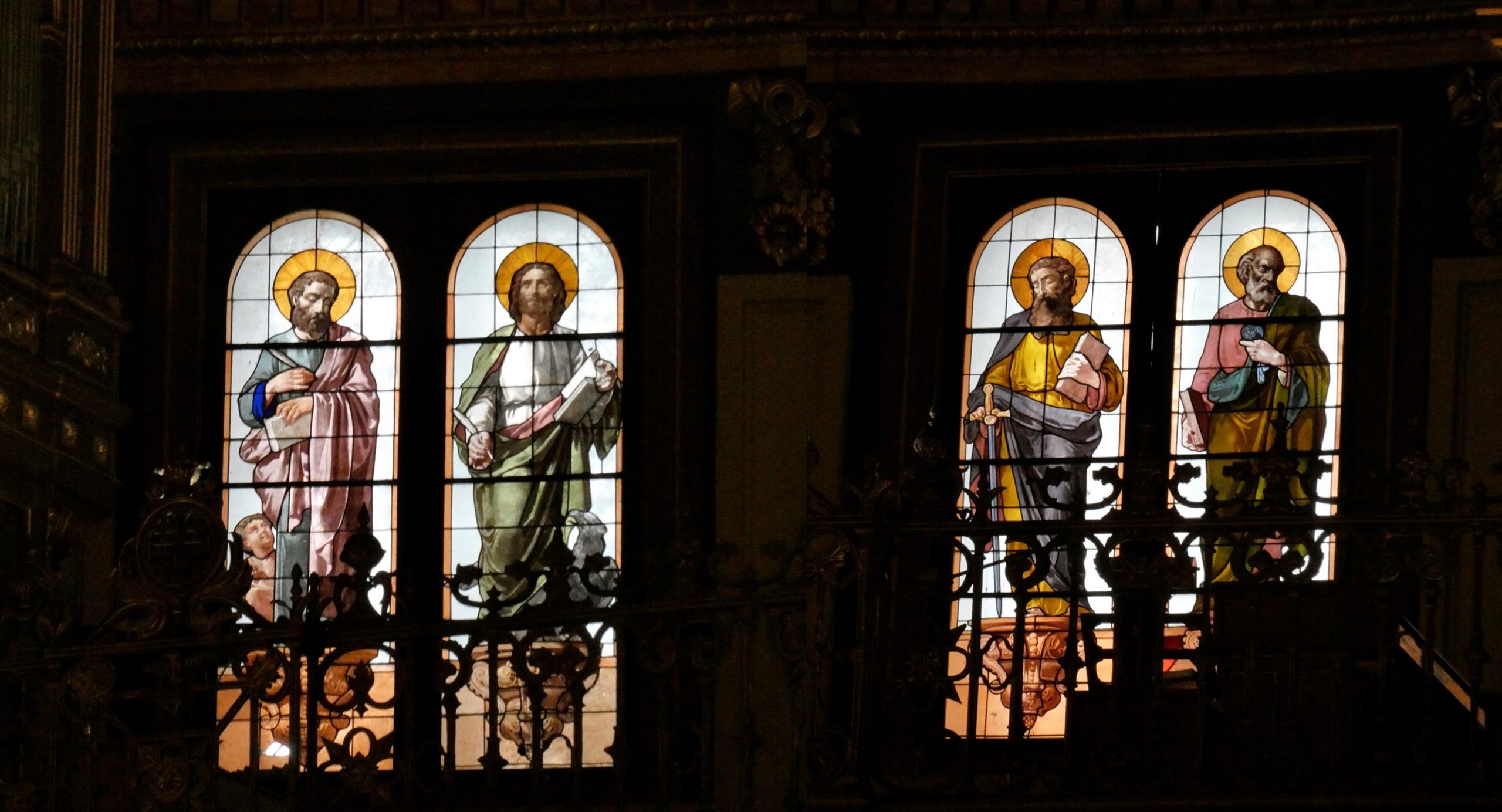
Throughout the 20th century, reforms and rehabilitations were carried out, which forced its closure for decades. In November 2001, the church was reopened to the public and in 2006 the scaffolding installed inside was dismantled. These were used by the restorers in the recovery of the mural paintings.
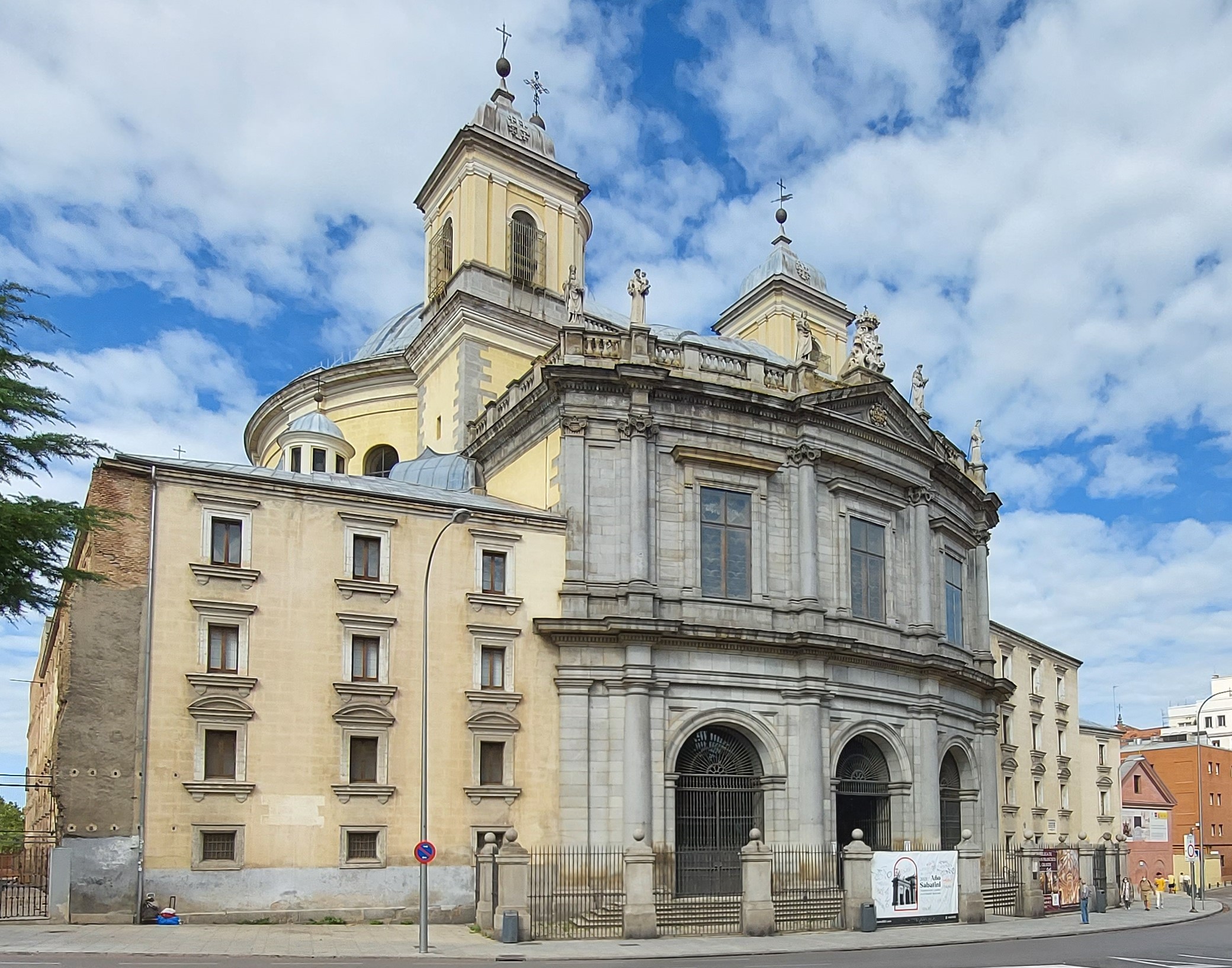
The main façade, facing east, is the work of Francesco Sabatini, of neoclassical design and concave configuration, to adapt to the circular plan of the structure. It is composed of two sections, the lower one with three semicircular arches and the upper one with three linteled windows. In the central point there is a triangular pediment and a balustrade, which runs along the sides. Among the construction materials used in the structure is the combination of granite ashlars in the main façade and brick.
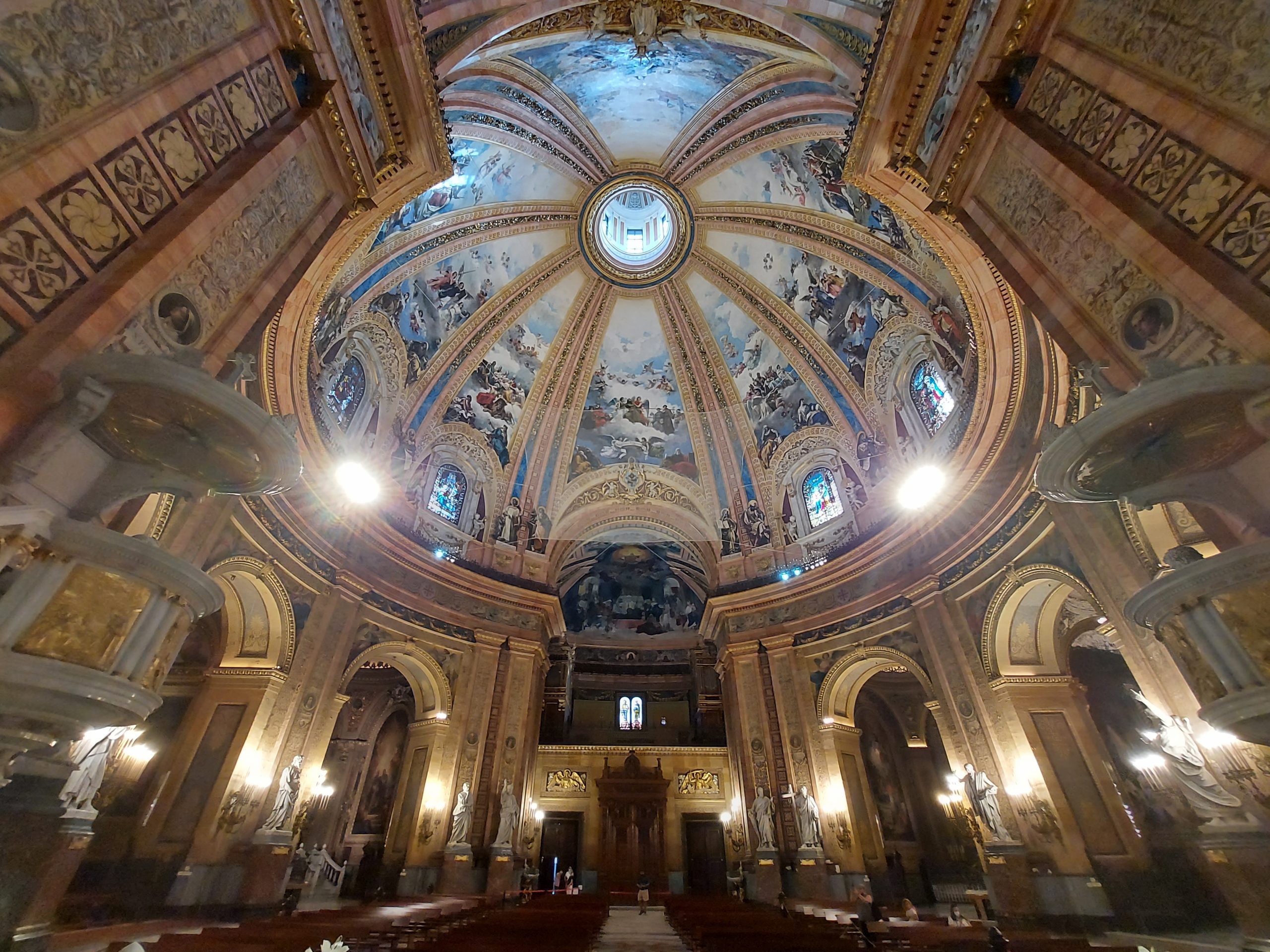
The church has a central circular floor plan covered by a large dome 33 meters in diameter and 58 meters high, a main chapel and six chapels, three on each side, covered by cupolas / domes. It has a vestibule and apse.
The Basilica of Saint Francis the Great, is recognized for its elegant and luxurious interior decoration, made in eclectic style in the late nineteenth century. In addition, for its large collection of paintings, representative of Spanish painting from the seventeenth to nineteenth centuries, with paintings by Zurbarán and Goya, among other great artists, which makes it a great museum.
The interior of the great dome is a real jewel, decorated with murals alluding to Our Lady of the Angels, showing different scenes of kings and saints paying homage to the Virgin. The murals were painted on plaster panels, installed on the interior surface of the dome, and are arranged in eight large sections, separated from each other by eight moldings. The outline of the rotunda is adorned with twelve sculptures of the Apostles, carved in white Carrara marble, based on Spanish models. The interior rotunda is paved in marble, as well as its plinths.

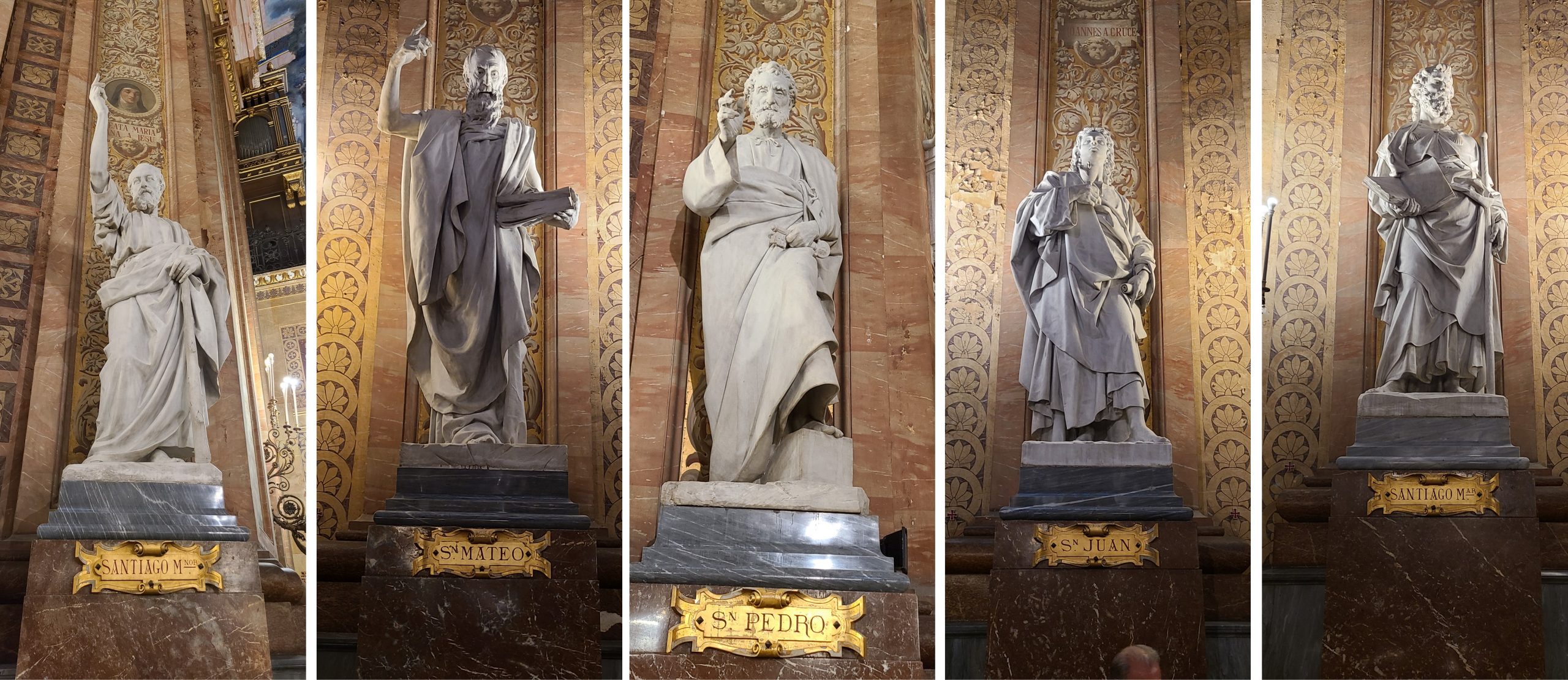
As for the polychrome stained glass windows located in the openings surrounding the lower part of the dome, these were made by the Mayer house of Munich in 1882, where scenes from the life of the Virgin are represented. The rich decoration is completed by the 16 monumental candelabra made in brass by the metallurgical Company of San Juan de Alcaraz, in 1889, and arranged on the walls of the rotunda.
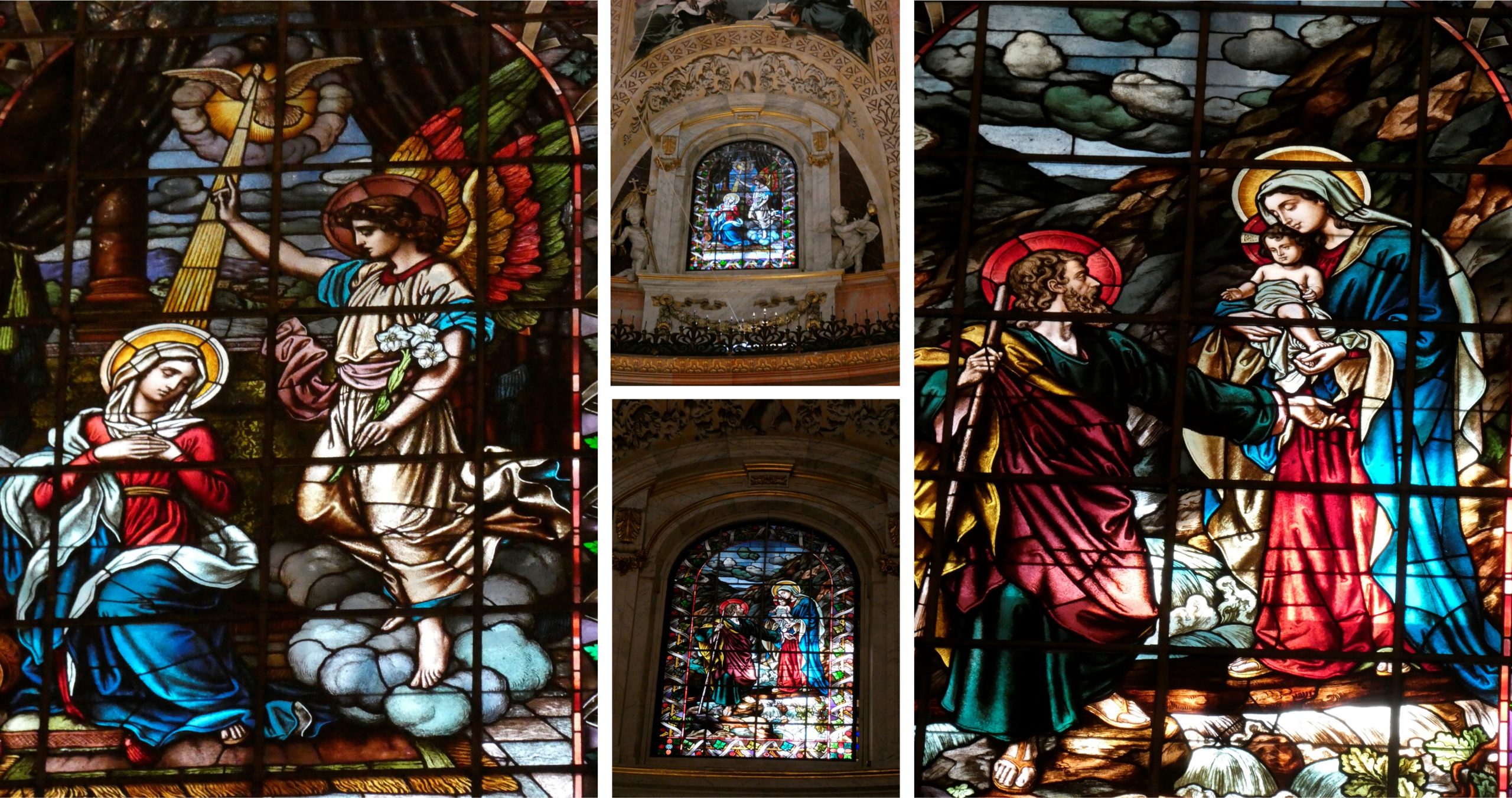
The main chapel is located in the apse. It is with the remodeling at the end of the 19th century that numerous ornamental elements were installed, using materials such as marble, noble woods, bronze and gold.
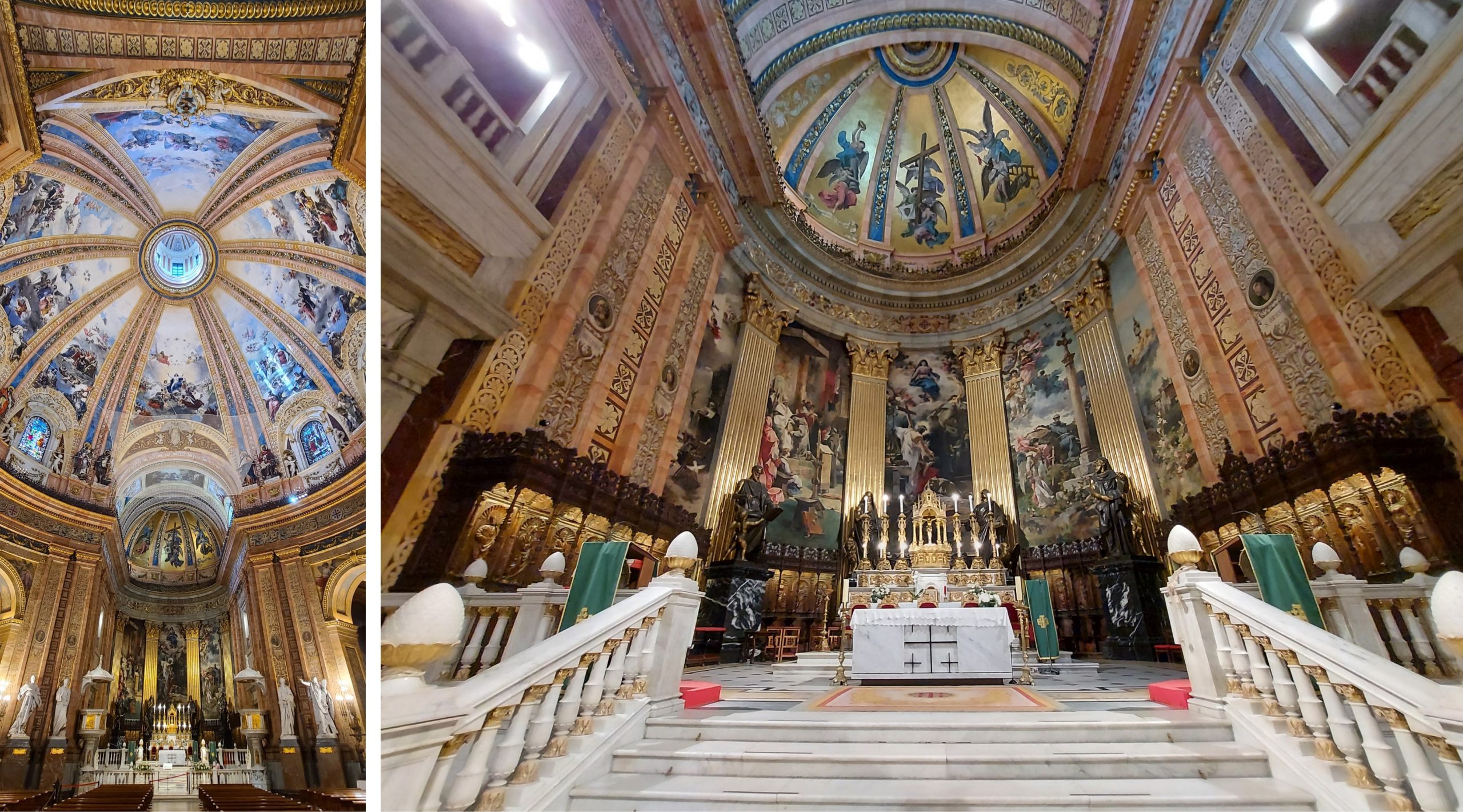
Of the chapels, it should be noted that each one has its own altar, its minor dome and its own decoration. The three chapels on the left side are the chapel of San Bernardino, the second is dedicated to Santiago and the third to Carlos III.
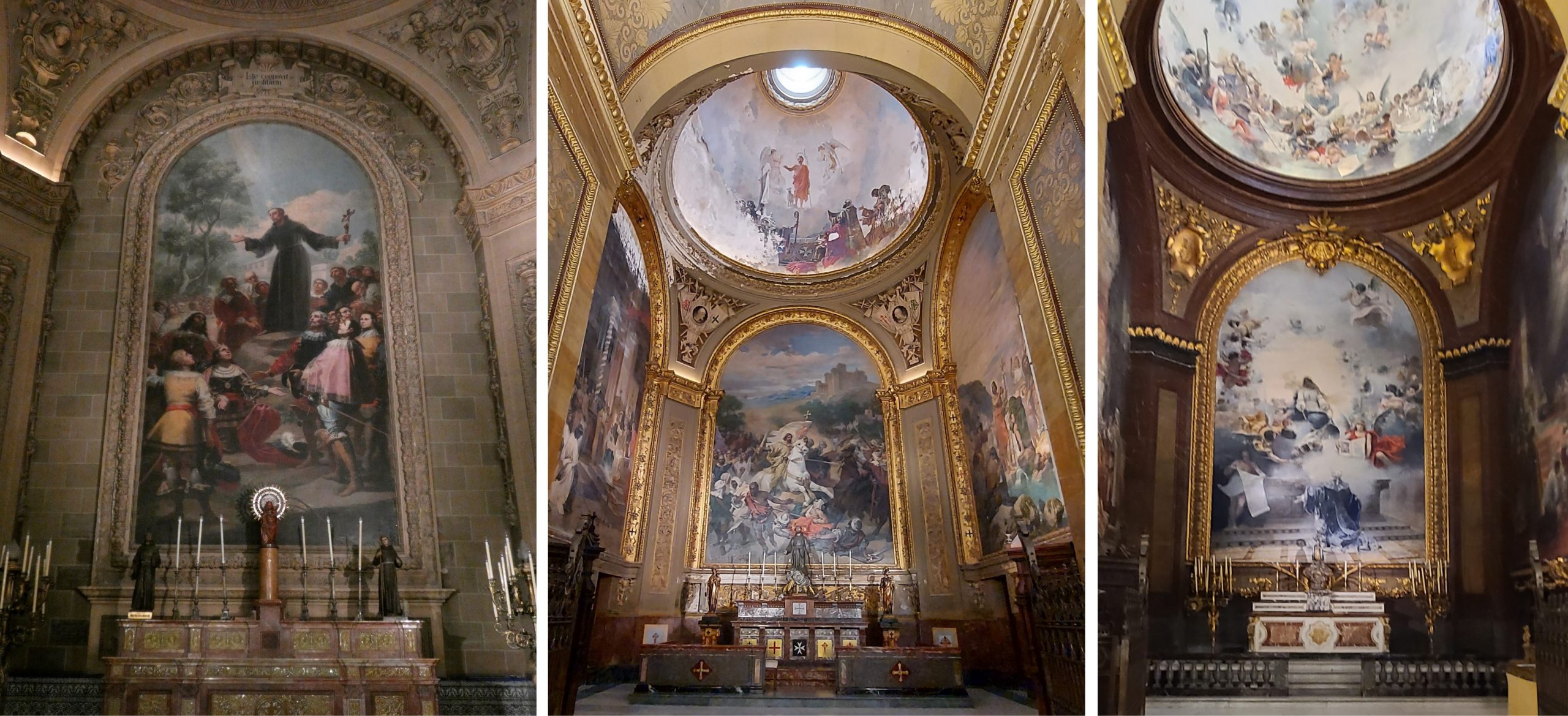
It is the first chapel, one of the most recognized of the Basilica, because there is a painting by Goya. The great painter represents in this work San Bernardino de Siena preaching to King Alfonso V of Aragon and his Neapolitan courtiers, and on the right side there is a character that is a self-portrait of Goya.
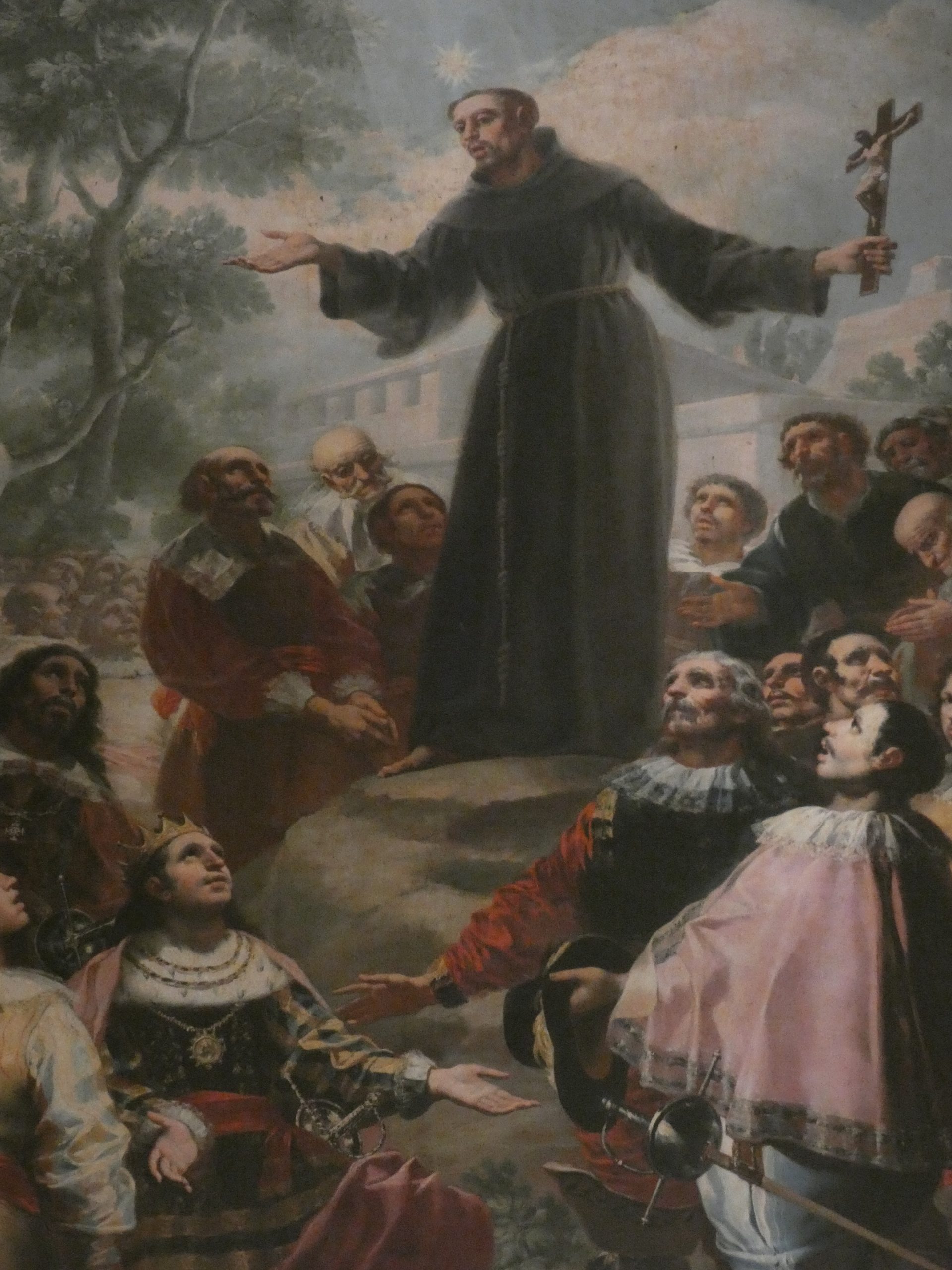
The chapels on the right side are the chapels of the “Sagrario”, the “Purísima” and Saint Anthony of Padua.
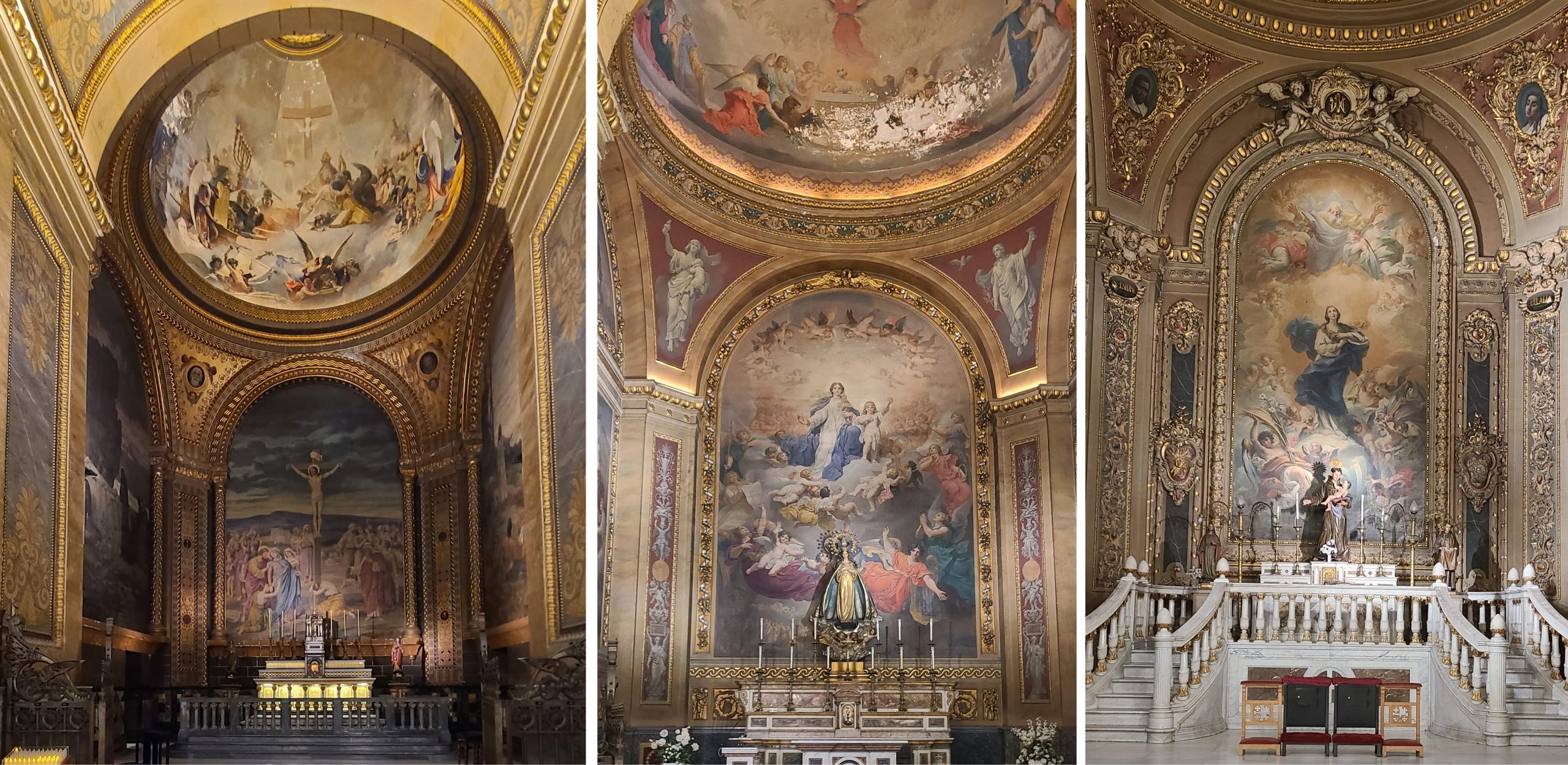
As for its vestibule, the most notable pieces are the seven doors that allow the entrance to the enclosure, which were carved in walnut wood in the 19th century.
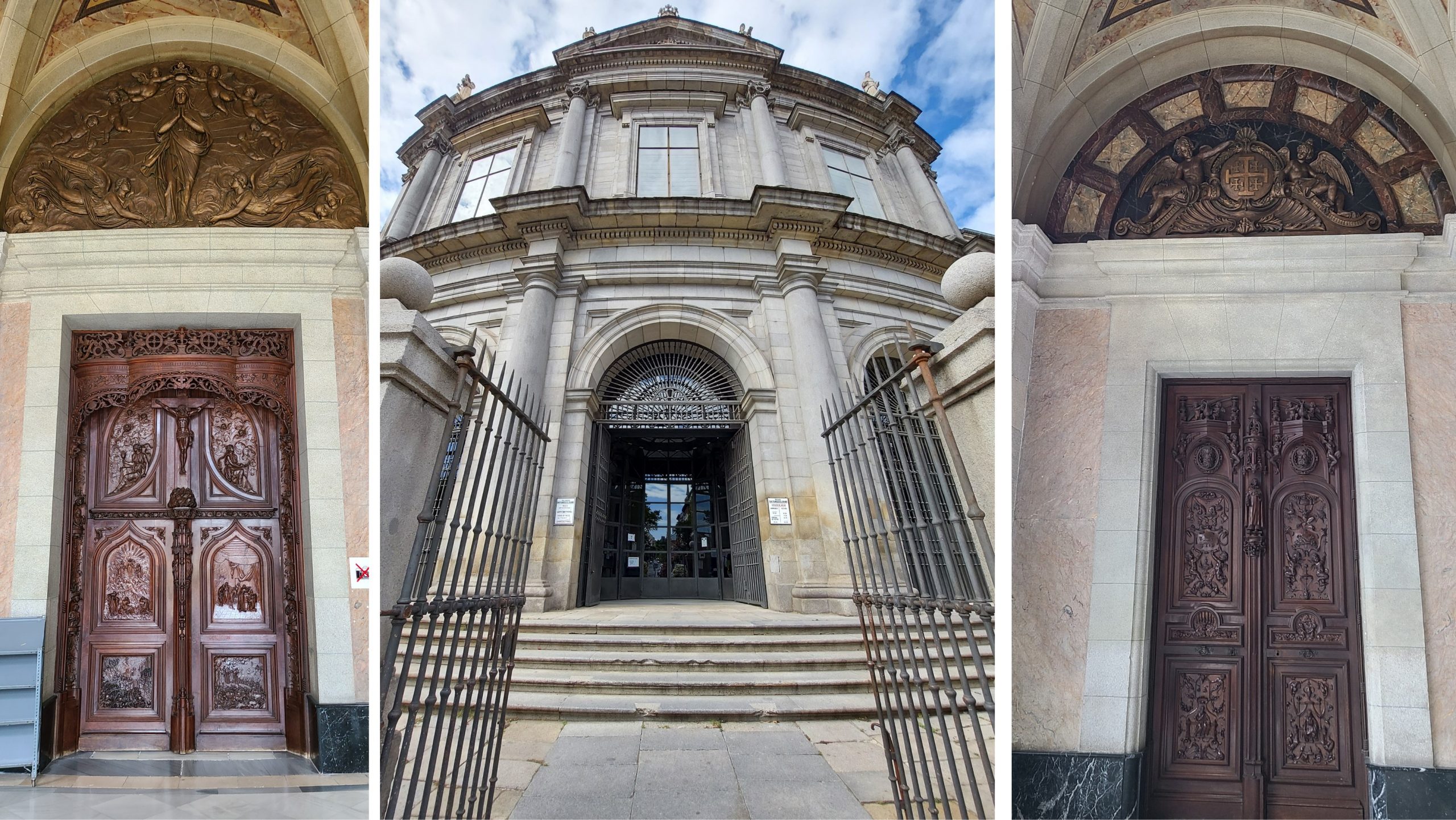
In the choir that is installed in the upper part of the vestibule, its pipe organ stands out, made in 1884 by the House of Aristíde Cavaillé-Coll, of Paris, and restored in 2001.
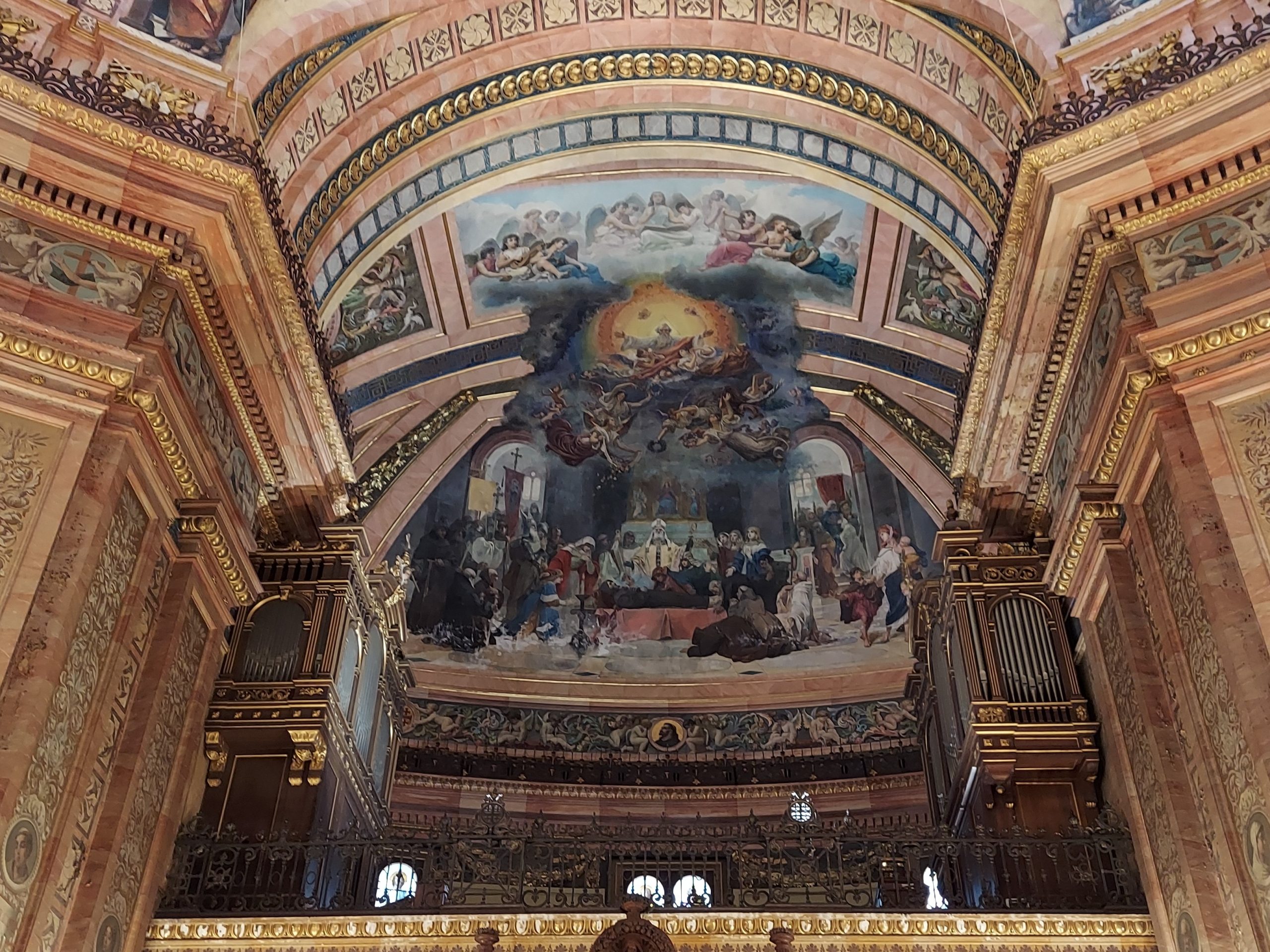
Where the cloister of the old convent was located, in 2007 the Gardens of the dahlias of Saint Frances was implanted. This park contains a large viewpoint facing toward the sunset. Presiding over this balcony we find the sculpture “El sueño de San Isidro”, a work of Santiago Costa. And it is precisely these gardens, the perfect place to end our visit to the Basilica of Saint Frances the Great, which is undoubtedly one of the greatest artistic and monumental treasures of the capital of Spain.
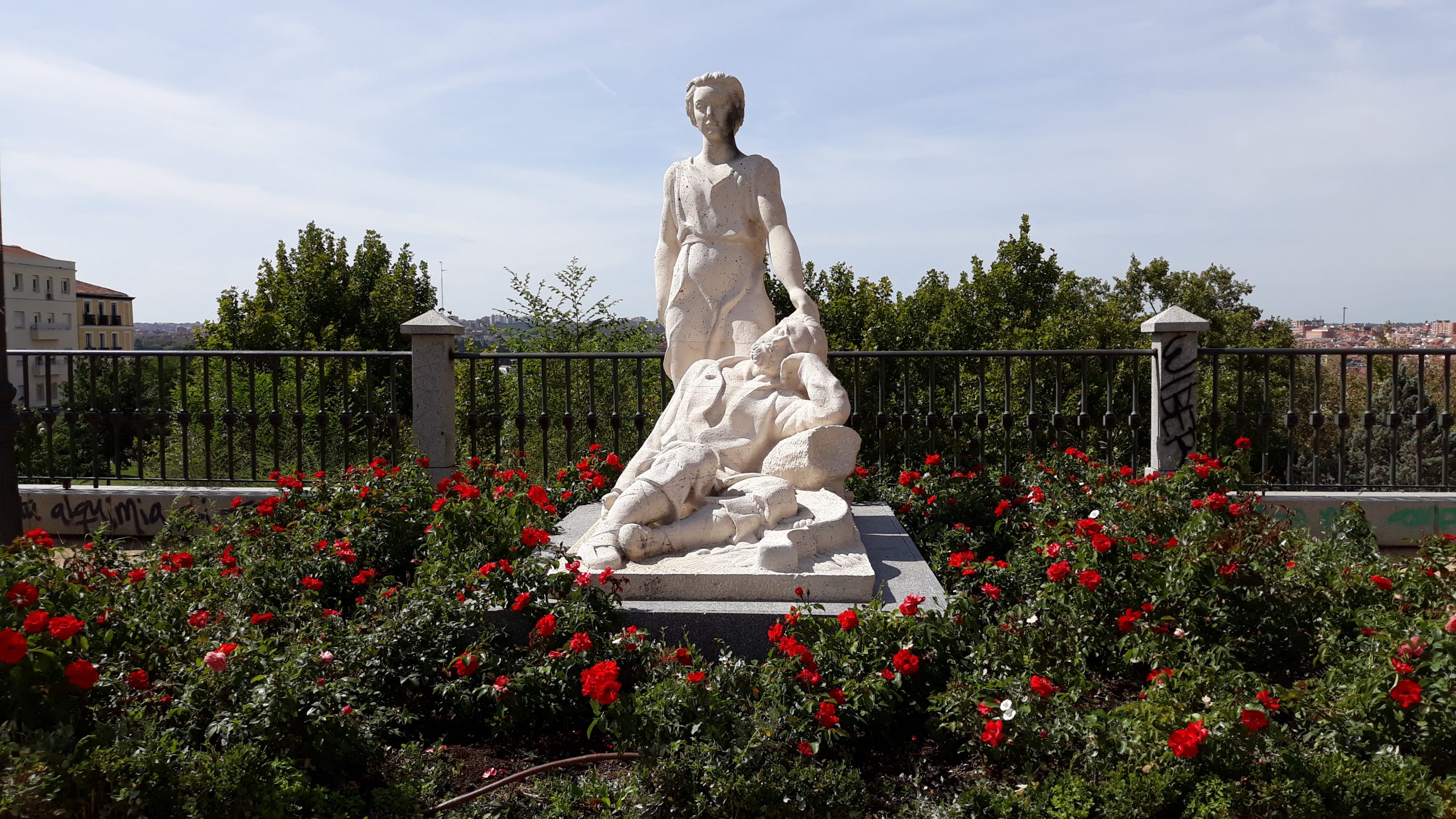
Resources:
- https://es.wikipedia.org/wiki/Real_bas%C3%ADlica_de_San_Francisco_el_Grande
- https://www.esmadrid.com/informacion-turistica/san-francisco-el-grande
- https://www.miradormadrid.com/san-francisco-el-grande-basilica-y-museo/
- https://blog.esmadrid.com/blog/es/2015/08/31/san-francisco-el-grande/#

